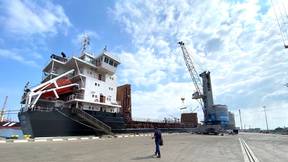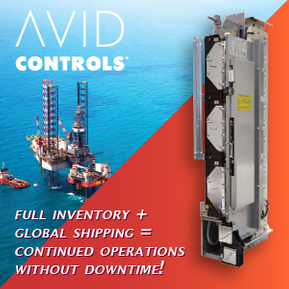Streamlined Service for the Offshore Sector
In a business where time is money, Signal Ship Repair’s niche ‘high blocking’ repair methods have significantly reduced repair times and increased shipyard efficiencies. If Signal Ship Repair’s (SSR) primary business can generically be described simply as ship repair and conversion, then it can also be said that its practice of ‘high blocking’ to facilitate faster, and more efficient in-house Z drive repairs is its signature service. Utilizing a simple but highly effective shipyard technique, SSR has taken a routine practice originally used to facilitate naval ship drydockings, and turned it into a signature service that helps offshore clients with drop down thrusters, z-drives, pods and keel coolers get repairs done rapidly.
Supreme Court Grants Certiorari in Admiralty Case
The U.S. Supreme Court issued an Order granting certiorari in the case of Stewart v. Dutra Construction Company. It also granted motions by the San Francisco Maritime Law Journal and the Maritime Trades Department, AFL-CIO to file briefs as amicus curiae. Plaintiff engineer was injured in a collision between a dredge and a scow. Since the primary purpose of the dredge was for construction work rather than transport, the lower court held that the dredge was not a vessel in navigation and plaintiff was not a seaman for purposes of the Jones Act. The question presented in this case is what is the legal standard for determining whether a special purpose watercraft (such as a dredge) is a Jones Act “vessel”? Stewart v. Dutra Construction Company, Inc., 230 F.2d 461 (1st Cir., 2000).
How to Indentify a Jones Act Seaman
By Jeffrey S. The maritime law community is awaiting the next pronouncement by the U.S. Supreme Court pertaining to the definition of a Jones Act seaman. In February, the high court announced that it would review the decision of the First Circuit Court of Appeals in Stewart v. Dutra Construction Co., Inc. The definition of seaman has proven to be a nagging problem; this will be the fifth time since 1991 that the Justices have tackled some aspect of the question. Most injured maritime workers would prefer to pursue recovery as a "seaman". There are several reasons for this. First and foremost, the damages recoverable under the Jones Act are not limited to lost wages and benefits, but also include an important component for "pain and suffering".
Dredge is a Vessel for Purposes of LHWCA
The U.S. Supreme Court ruled that a dredge not currently in navigation is still a vessel for purposes of the Longshore and Harbor Workers’ Compensation Act (LHWCA). In the instant case, a marine engineer was injured while performing repairs on a scow tied up to a dredge. The dredge was capable of only limited movement on its own, dragging itself along using anchors and cables. Otherwise, it had to be towed. The lower court held that, since the primary purpose of the dredge was not navigation or commerce, it was not a vessel and the marine engineer could not recover under the LHWCA. The Supreme Court held that the dredge was a vessel because it was a watercraft used, or capable of being used, as a means of transportation on water. Stewart v. Dutra Construction Co., No.
Engineer in Dredge is Jones Act Seaman
The U.S. Court of Appeals for the First Circuit ruled that an engineer employed on a dredge in navigation is a seaman for purposes of the Jones Act. This decision was rendered when the court’s earlier decision was reversed and remanded by the U.S. Supreme Court. Stewart v. Dutra Construction Company, Inc., No. 99-1487 (1st Cir., August 9, 2005).







